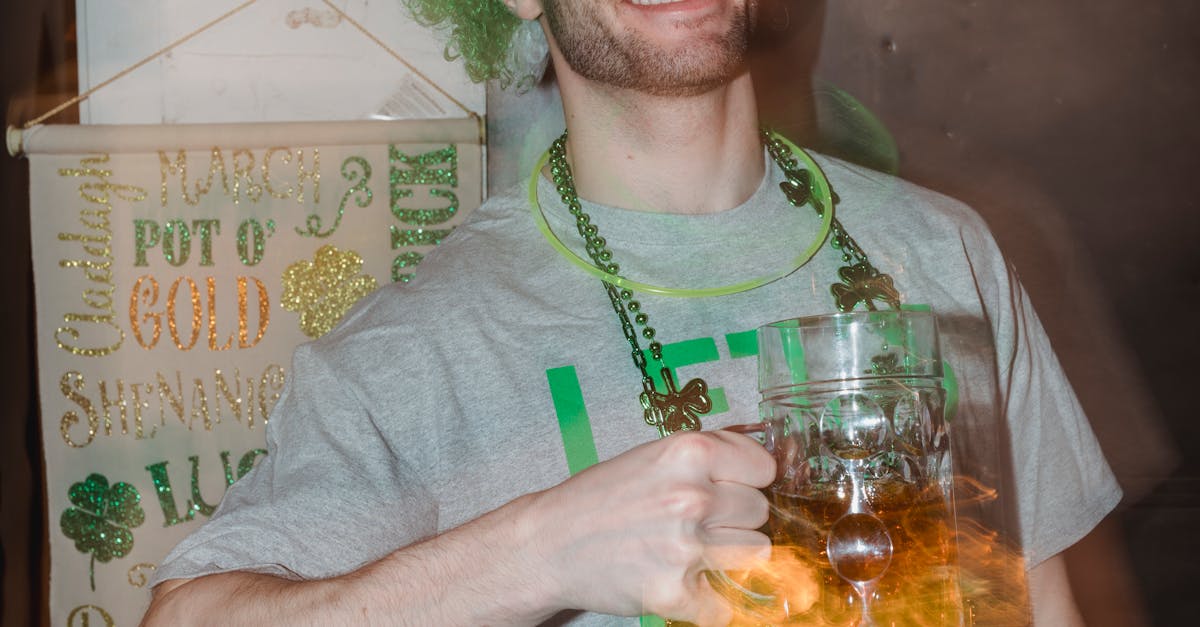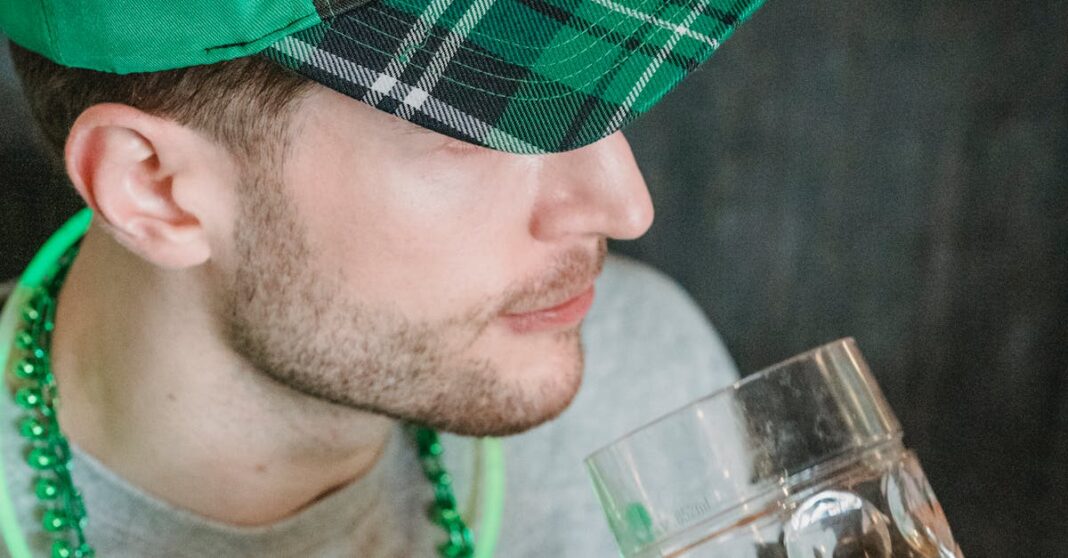Ireland is known for many things, from its stunning landscapes to its rich history and culture. But one thing that truly stands out is the country’s traditional music and dance. For centuries, Irish music and dance have been an integral part of the country’s identity and heritage. From lively jigs and reels to hauntingly beautiful ballads, this blog post will delve into the world of traditional music and dance in Ireland, exploring their history, instruments, types, and significance in Irish culture.
History of traditional music in Ireland
The roots of traditional Irish music can be traced back to ancient Celtic times. The Celts were a group of people who inhabited Ireland, Scotland, and other parts of Europe during the Iron Age. They had a strong oral tradition, and their stories, myths, and legends were passed down through songs and poems. This laid the foundation for Irish music as we know it today.
During the Middle Ages, the arrival of Christianity in Ireland greatly influenced the country’s music. Monks introduced new musical forms and instruments, such as the harp and uilleann pipes, which are still prominent in traditional Irish music. However, it wasn’t until the 16th century when the native Irish musicians started to develop their own unique style of music. This was a result of the influence of the Elizabethan era in England, where the Irish elite adopted elements of English culture, including their music. This led to the fusion of traditional Irish melodies with English styles, giving birth to what we now know as Irish folk music.
In the 19th and early 20th centuries, Ireland saw a rise in nationalism, leading to a revival of traditional Irish music. Many musicians and scholars began collecting and preserving traditional tunes, and new instruments, such as the concertina and fiddle, were added to the mix. This revival helped preserve the unique sound and style of Irish music, and it continues to thrive to this day.
Instruments used in traditional Irish music
Traditionally, Irish music was played using simple, handmade instruments such as the harp, bodhrán (a type of drum), and tin whistle. However, over the years, many new instruments have been introduced, adding depth and variety to traditional Irish music.
The most well-known instrument in Irish music is the fiddle, which is a bowed string instrument similar to a violin. It is capable of producing lively, upbeat melodies as well as slower, more melancholic tunes. Another popular instrument is the concertina, a small accordion-like instrument that has become synonymous with Irish music. Its unique sound and portability make it a favorite among musicians.
Other common instruments used in traditional Irish music include the uilleann pipes, which are a type of bagpipes, the flute, the tin whistle, and the Celtic harp. Each instrument adds its own distinct sound and style to the music, creating a beautiful tapestry of melodies.
Types of traditional Irish music
Irish traditional music is incredibly diverse, with a wide range of styles and genres. Some of the most well-known types of traditional Irish music include jigs, reels, hornpipes, airs, and marches.
Jigs are fast-paced dance tunes that are usually played in 6/8 or 9/8 time signature. They are characterized by their lively rhythm and can be danced to in both solo and group settings. Reels, on the other hand, are quicker in tempo and are played in 2/4 or 4/4 time signature. They are known for their intricate melodies and are often played at ceilis (traditional Irish social gatherings).
Hornpipes are another popular type of Irish music, characterized by their syncopated rhythms and slower tempo. They are typically played on the fiddle and are often accompanied by dancing. Airs, on the other hand, are slow and melodic tunes, often played on the harp or flute. They are known for their hauntingly beautiful melodies and are often used as background music for storytelling.
Marches are a type of Irish music that is more commonly associated with military parades and processions. However, in traditional Irish music, they are often played at funerals or wakes, adding a solemn and somber tone to the occasion.
Importance of traditional music in Irish culture

Traditional Irish music holds a special place in the hearts of the Irish people and is deeply ingrained in their culture. It is a way for them to connect with their past and preserve their heritage. Traditional music sessions, where musicians come together to play and share their love for the music, are a common occurrence in Ireland. These sessions provide a sense of community and bring people together, showcasing the importance of music in Irish culture.
Moreover, traditional music is a key component of many Irish celebrations and events. From weddings and birthdays to St. Patrick’s Day, traditional music is an essential part of these occasions, adding to the festive atmosphere and bringing people together in a shared experience.
History of traditional dance in Ireland
Just like traditional music, dance has been a vital part of Irish culture for centuries. The roots of Irish dance can be traced back to the pre-Christian era when dancing was a form of spiritual expression. However, it wasn’t until the 17th century when Irish dance became more structured and formalized.
During this time, the popularity of Irish dance spread to other parts of Europe, with its unique style and footwork garnering attention and admiration. However, it wasn’t until the 19th century that Irish dance truly came into its own. Under the influence of the Gaelic League, a cultural organization dedicated to preserving Irish language and culture, Irish dance was revived and celebrated as a symbol of national identity. This led to the creation of the Riverdance and Lord of the Dance performances, which brought Irish dance to a global audience and made it one of the most recognizable and beloved forms of traditional dance in the world.
Types of traditional Irish dance

There are two main types of traditional Irish dance – social dances and performance dances. Social dances are those that were commonly performed at gatherings and celebrations, such as ceilis. These include group dances like the Siege of Ennis and the Walls of Limerick, as well as solo dances like the Irish jig and reel.
Performance dances, on the other hand, are more structured and choreographed and are often performed by professional dancers. The most well-known type of performance dance is the step dance, which involves intricate footwork and precise movements. This type of dance gained popularity in the 19th century with the arrival of the Gaelic League and has since become synonymous with Irish dance.
Costumes and footwear used in traditional Irish dance
One of the most iconic aspects of traditional Irish dance is the costumes and footwear worn by dancers. The dress worn by female dancers is called a “solo dress,” and it is often adorned with intricate Celtic designs and vibrant colors. Male dancers wear a “kilt” or “plaid,” which is a skirt-like garment that is also decorated with Celtic patterns.
But perhaps the most essential part of a traditional Irish dance outfit is the shoes. Female dancers wear hard-soled, black shoes called “ghillies,” while male dancers wear “reel shoes” or “hard shoes.” These shoes have fiberglass tips on the heels and toes, allowing for the distinct tapping sound that is characteristic of Irish dance.
Importance of traditional dance in Irish culture
Just like traditional music, dance plays a significant role in Irish culture. It is a way for the Irish to celebrate their heritage and connect with their roots. Irish dance schools are prevalent in Ireland, and many children start learning traditional dance at a young age. This not only helps preserve the art form but also instills a sense of pride in their culture and traditions.
Moreover, Irish dance has become a source of national pride, with its popularity spreading beyond Ireland’s borders. Many international dance competitions and shows feature Irish dancers, showcasing the country’s rich culture and talent to the world.
Contemporary influences on traditional music and dance in Ireland
While traditional Irish music and dance have a long and storied history, they have not remained untouched by contemporary influences. In recent years, there has been an emergence of new styles of Irish music, such as Celtic rock and fusion with other genres like pop and hip-hop. Similarly, modern Irish dance performances have incorporated elements from other dance forms, giving it a more contemporary and dynamic feel.
While some may view these changes as a threat to traditional music and dance, others see it as a way to keep the art form relevant and alive. As long as the essence and spirit of traditional Irish music and dance are preserved, there is room for experimentation and evolution.
Conclusion
In conclusion, traditional music and dance are undoubtedly at the heart of Irish culture. They are a reflection of the country’s rich history and heritage and have played a significant role in shaping its identity. From its ancient Celtic roots to the present day, Irish music and dance continue to captivate and enchant people all over the world. Their enduring popularity and timeless appeal serve as a testament to their importance in Irish culture, and they will undoubtedly continue to do so for generations to come.

